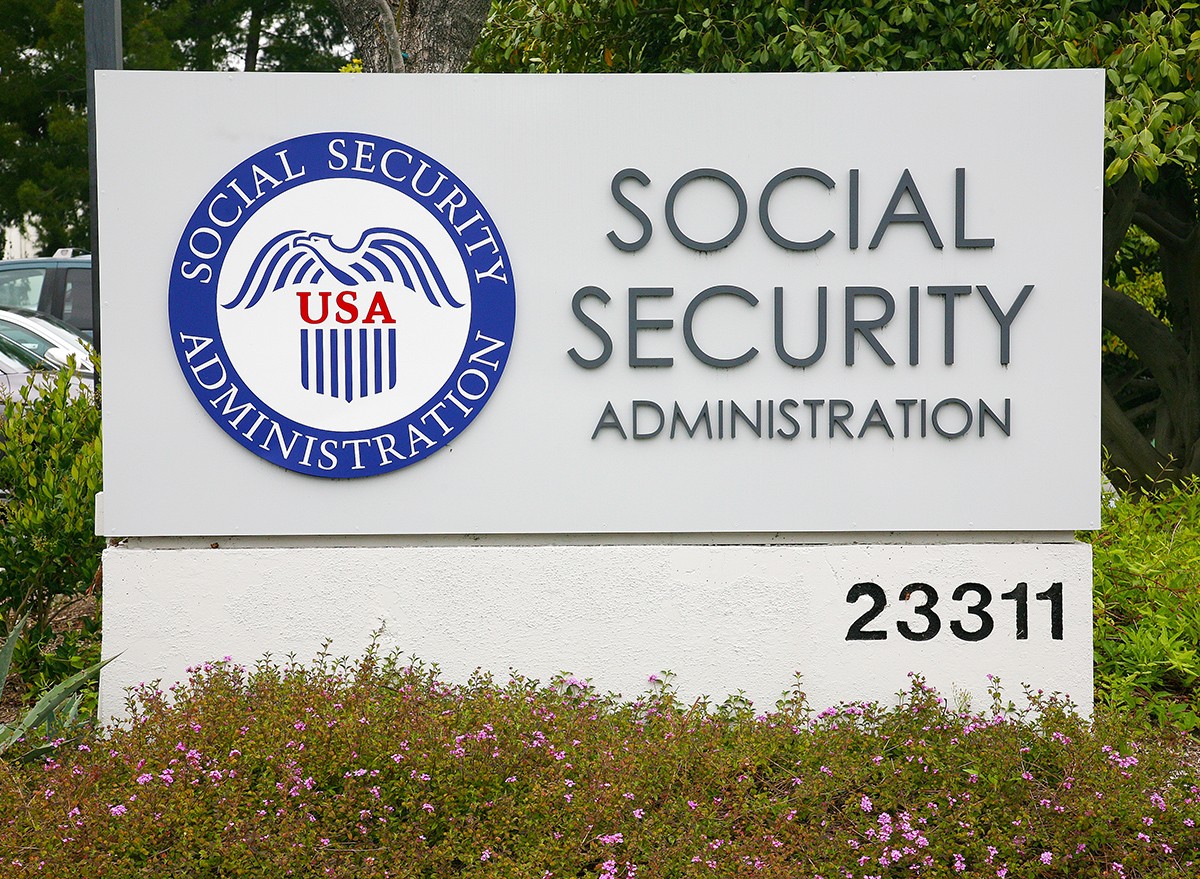5 Key Changes Coming to Your Social Security in 2025—What You Need to Know

The November 2024 general election is just months away, but no matter who wins, changes are coming to Social Security in 2025. Five key changes are in the cards for retirees and working people, with factors such as inflation impacting benefits and taxes. So how exactly might this affect your finances? Here are 5 changes coming to Social Security you need to start preparing for, now.
RELATED: 3 Changes Coming to social security in 2024.
1
Social Security Cost of Living Adjustment For 2025

While we have to wait for October to confirm what the final COLA for 2025 will be, experts are making predictions based on previous years. Alicia Munnell, director of the Center for Retirement Research at Boston College, tells AARP that with inflation going down, we can expect a 2025 adjustment of 2.6 percent to 2.9 percent. “People are still not happy because prices are high,” she says, but “I think we’re working our way out of this inflation situation and the harm that it did.”
“Inflation and core inflation have both appeared to come down and normalize in the first half of the year through June at about 3 percent,” Sri Reddy, senior vice president for retirement and income solutions at Principal Financial Group, tells AARP. “While July CPI results have come down further, barring any significant macro events, the Social Security COLA for next year should be between 2.75 and 3.25 percent.”
2
Size of Retirees’ Checks

So what does this mean for retirees’ checks? “A 2.6 percent increase would raise the average Social Security payment for retired workers from $1,918.28 (as of June 2024) to $1,968.15 in 2025, an increase of $49.87,” says James Royal, Ph.D. via Bankrate.com. “You’ll notice the COLA increase on your monthly checks starting in January.”
3
Full Retirement Age (FRA) in 2025

The age at which retirees can claim their full benefits is moving later, according to the Motley Fool: “While those who turn 66 in 2024 can claim their full, unreduced benefits at 66 and 8 months, anyone who is not turning 66 until 2025 must wait to start their payments until 66 and 10 months. Otherwise, they will face monthly early filing penalties that apply to those who claim benefits before full retirement age.”
Each year you continue to work after retirement adds another year of earnings to your social security. 8% is added every year you delay taking social security.
RELATED: 5 Secrets About Your Social Security Benefits.
4
Social Security Credits and Taxes in 2025

The Social Security Administration requires you to make a minimum number of credits to qualify for benefits—40 in total, with four credits being earned in a year. Credits earned will also impact Medicare, survivor benefits, and disability and retirement benefits. “Since 1978, workers can earn up to a maximum of four credits per year, says Live Now Fox. “The credits are based on total wages and self-employment income for the year. In 2024, workers can earn one Social Security and Medicare credit for every $1,730 in covered earnings each year. They must earn $6,920 to get the maximum four credits for the year, according to the SSA. The amount of earnings it takes to earn a credit can increase each year. However, the exact amount for 2025 hasn’t been announced yet.”
5
Amount of Income Subject to Social Security Tax

This one will sting—the Social Security cap for income you pay taxes on and get credit for will climb higher in 2025. The 2024 cap is $168,600, but there will be a sharp increase in 2025 “Each year, the Board of Trustees for the Social Security Trust Fund publishes a report on the financial status of the Social Security program,” according to Kiplinger. “The recent report, released May 6 provides tax limit projections through 2033. The board projects that the 2025 tax limit would rise to $174,900. However, the official announcement of the 2025 limit will come in October 2024.”